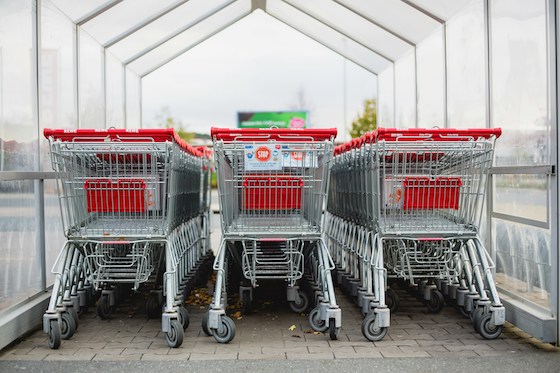We continue to keep a cautiously-optimistic eye on buzzy tech that could impact local commerce. For example, see our “metaverse meets Mainstreet” topic and recent conference panel. That’s where the “cautious” and “buzzy” parts come in as the metaverse is 99 percent hype at this stage.
But one company producing results today is Niantic. The Pokémon Go maker has a new platform called Lightship that’s meant to support a “real world metaverse.” This applies Pokémon Go’s architecture into a platform for developers to build apps that infuse digital dimension to the physical world.
Moreover, Niantic is producing real revenue today in its Sponsorship Platform. As we’ve examined, this lets brick & mortar businesses pay to place themselves as in-game waypoints in Pokémon Go. It’s showing real foot traffic increases for multi-location brands like Game Stop and Circle K.
So for the latest in our Video Vault series, we’re spotlighting a Niantic presentation that introduces the platform and walks through a few case studies of successful brand activations. This also lays some of the groundwork for Localogy’s upcoming Place Conference in New York in September.
Organic Fit
Before getting into Niantic’s sponsorship program results, what is it and how does it work? As noted, it allows sponsors to position real-world locations as in-game waypoints such as gyms and Pokéstops. They can then stimulate in-game raids by choosing when Pokémon hatch.
This essentially happens as an offshoot of Pokémon Go’s Wayfarer program, which lets players vote on locations for Pokéstops and Gyms. Businesses can now name those locations for a price. They can even choose days and dayparts to boost traffic (think: slow hours).
The key word in all of this is organic, says Niantic. Sponsorship isn’t contrived but rather aligned with gameplay. Moreover, players can work up a hunger through PGO’s migratory play – making sponsorship a natural fit for quick-serve restaurants, convenience stores, and coffee shops.
So how does Niantic achieve this organic alignment? Its primary guiding principle is to put player experience first. If followed, this can keep priorities straight and ensure that sponsored elements are always natural to gameplay, rather than interruptive or commercial-feeling.
It also emphasizes the importance of stories to keep things sticky. This involves putting players at the center of narrative and gamified experiences. For example, there are in-game incentives for things like visiting a Pokéstop (that happens to be sponsored) for five consecutive days.
By the Numbers
By following the above tactics, Niantic has reported that 73 percent of players deviate from their regular walking routes – sometimes to sponsored locations – to achieve in-game milestones. 84 percent interacted with commercial locations and 58 percent transacted.
But the ultimate proof is in the performance data from brands that have launched campaigns in Pokémon Go. Highlights include SK Telecom’s 10.8 percent boost in loyalty program signups (a campaign objective) during scheduled raids around its locations in Taiwan.
7-Eleven similarly activated raids around thousands of its locations in Taiwan, Mexico, and other regions. And it saw a tangible boost in revenue across the board, to the tune of 10.5 percent on average. Convenience stores, again, are a prime category for Pokémon Go sponsorship.
Beyond these ROI signals, there are other macro benefits such as boosting brand sentiment, says Niantic Sponsorship Platform product lead Carla Li. This happens as players associate brands with their positive experiences with the game – in some cases to fuel them for play.
For more color on Niantic’s program and its results, see the full video below, and stay tuned for more on this topic at Place 2022.




